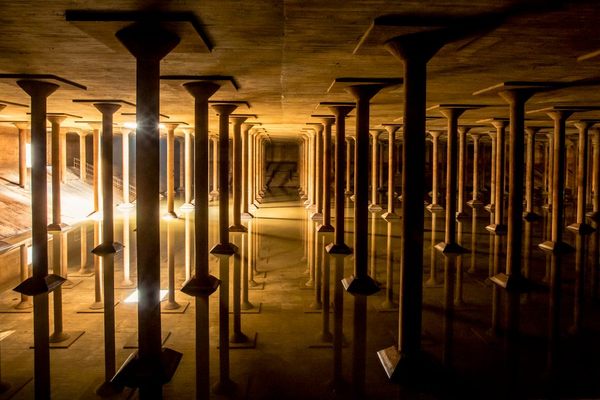Found: Photos of Sewer Construction From 1901
A Scottish Water employee saved them from the trash.

1901 construction of a Scottish sewer. (Photo: Scottish Water)
At the turn of the century, Aberdeen, Scotland, population 153,000, was growing fast. Humans had lived in this area for 8,000 years; a decade before, in 1891, it had been incorporated as a city. That many people, though, required new measures to deal with one of the great problems of city life—the waste they created.
The planners of Aberdeen came up with a long-term plan to keep the city clean. The city’s sewer system had first gone underground in 1865; Aberdeen would need a new outlet for waste.

1901 construction of a Scottish sewer. (Photo: Scottish Water)
The Girdlesness Outfall Scheme was the centerpiece of the new plan—it would handle tens of millions gallons of waste, winding away from the city and dumping into the sea. To run the piping under the ground, workers had to blast away tens of thousands of tons of rock.

1901 construction of a Scottish sewer. (Photo: Scottish Water)
About a decade and a half ago, an Aberdeen-based employee of Scottish Water, a publicly owned company, found photos documenting this massive construction project in an archive slated for the trash, the BBC reports. He took them out of the archive and kept them safe. There are more pictures here, that give a sense of what a huge undertaking this was.











Follow us on Twitter to get the latest on the world's hidden wonders.
Like us on Facebook to get the latest on the world's hidden wonders.
Follow us on Twitter Like us on Facebook